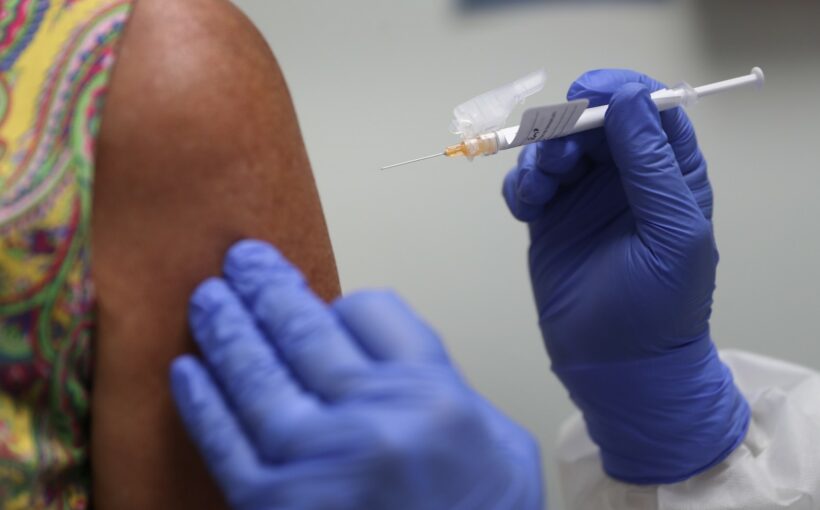It has now been 41 weeks since the first shipments of the COVID-19 vaccine were sent out to states, kicking off the largest vaccination campaign in human history. As of September 30, 474,245,945 doses of the vaccine have been sent out across the country — equivalent to 144.5% of the U.S. population.
While the initial distribution of the vaccine took longer than federal projections had indicated, in recent months the U.S. has made great leaps in the worldwide race to administer vaccinations — and some states are faring far better than others. Under the current system, led by the White House COVID-19 Response Team, the Centers for Disease Control and Prevention sends states limited shipments of the vaccine as well as funding and tasks them with distributing the vaccine in accordance with relatively loose federal guidelines.
Each state has developed its own rollout plan, prioritizing different age groups and classes of essential workers. The mix of policies and logistical challenges across the country has led to wide variations between states in the percentage of vaccines that have been administered.
While nationwide 82.8% of distributed vaccine doses have been administered as of September 30, in New Mexico 94.7% of vaccine doses have been administered — the largest share of any state. In West Virginia, 52.1% of vaccine doses have been administered, the smallest share of any state.
Differences in vaccine administration from state to state have also led to variations in the percentage of the population that has been vaccinated. In Vermont, the number of administered doses amounts to 143.9% of the population — greater than the national vaccination rate of 119.7% and the largest share of any state. In West Virginia, the number of administered doses amounts to 86.5% of the population — the smallest share of any state.
While a majority of Americans remain unvaccinated due to a lack of supply, there are some who have no plans to receive a vaccine at all. According to a survey from the U.S. Census Bureau, 59.2% of U.S. adults 18 and over who have not yet received the vaccine will either probably not or definitely not get a COVID-19 vaccine in the future. The most common reason cited for not wanting a vaccine was being concerned about possible side effects. Other commonly cited reasons include not trusting COVID-19 vaccines, not trusting the government, and that they were planning to wait and see if it is safe.
To determine how states are doing with the vaccine rollout, 24/7 Wall St. reviewed data from the Centers for Disease Control and Prevention. States were ranked based on the number of vaccines administered within a state as a percentage of the number of vaccines distributed to that state by the federal government as of September 30. Data on confirmed COVID-19 cases as of September 30 came from various state and local health departments and were adjusted for population using data from the U.S. Census Bureau’s 2019 American Community Survey. Data on the percentage of adults who probably or definitely will not get a COVID-19 vaccine and their reasons for not getting one came from the Census Bureau’s Household Pulse Survey, conducted from August 18, 2021 to August 30, 2021.
Source: Read Full Article
